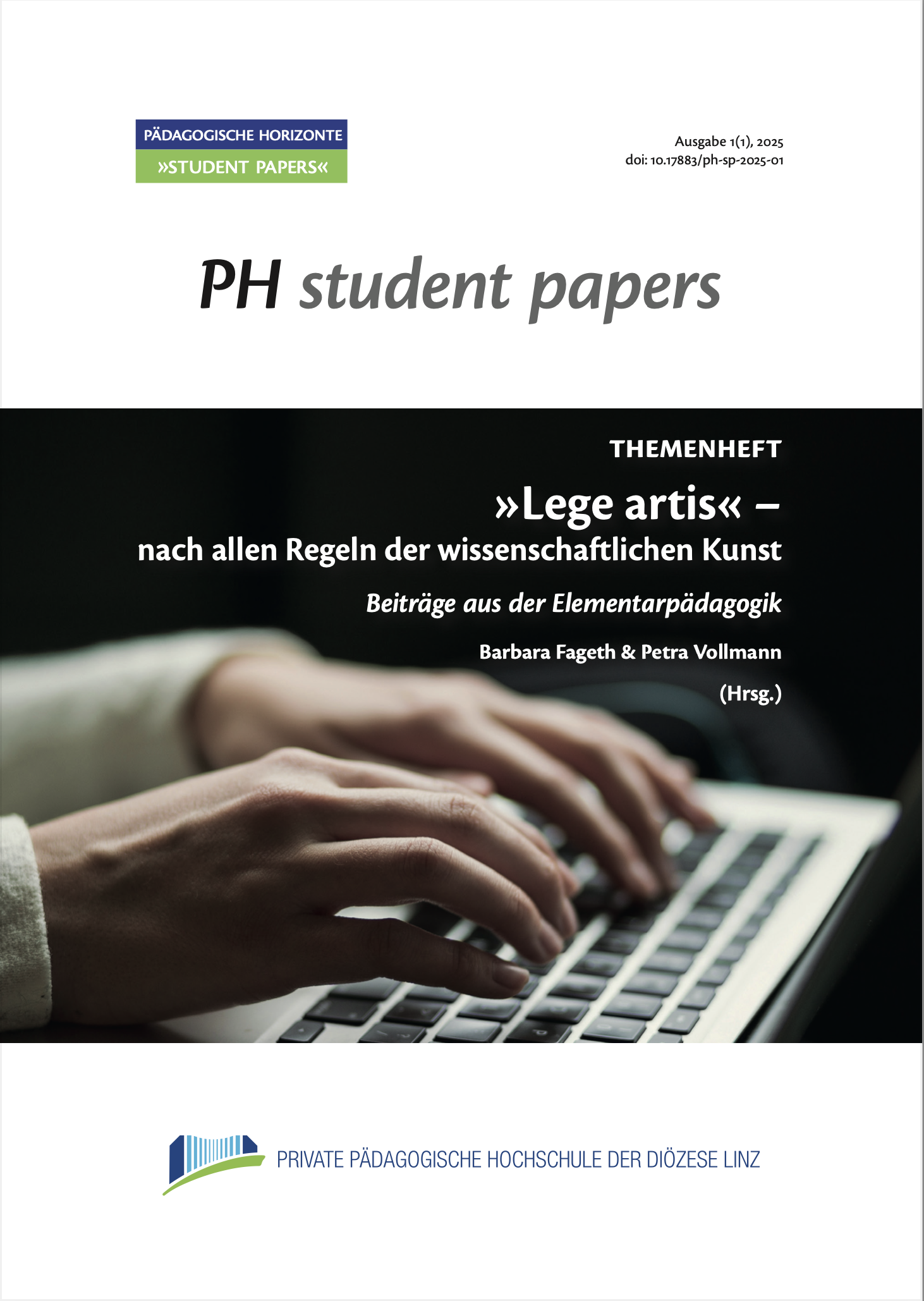What power does. (Un)conscious power relations in early childhood education
Keywords:
power, categories of power, consciousness of power, pedagogical ethics, videography as a method of reflectionAbstract
Power is a ubiquitous social phenomenon (Hansen et al., 2015, p. 27), because it is present wherever there is a relationship between (at least two) people (Knauer & Hansen, 2010, p. 25). Against this background of power theory, pedagogical relationships are also power relationships (Hansen et al., 2015, p. 27). Because children depend on this pedagogical power being oriented towards their well-being, educators in particular should develop a ‘sober relationship to power in pedagogical relationships’ in a professional context – in order to ‘step by step cede their power to the children’ (Maywald, 2017, p. 9).
Against this background, the present article addresses the question: ‘Which methods and instruments can support educators in becoming aware of unconscious power relations in their daily practice?’ Among other things, sociological theories, study results from educational relationship research and ethical guidelines are taken into account. The underlying assumption is that (elementary) educational staff are often not or only slightly aware of their own superior power.
The empirical part is based on a single case study conducted in a toddler group. The central method used was videographic self-reflection in combination with a video-based guided interview. The aim was to make unconscious power relations visible in everyday educational practice and to initiate reflection processes.
The results show that the method of videographic self-reflection enables professionals to recognise and critically reflect on their own acts of power. An additional category of power, the so-called ascribed power, was inductively developed from the data material. The reflection led to insights regarding one's own actions and opened up alternative courses of action aimed at a responsible and child-centred exercise of power.
Downloads
Published
Issue
Section
License
Copyright (c) 2025 Maria Kulač (Autor/in)

This work is licensed under a Creative Commons Attribution-NonCommercial-ShareAlike 4.0 International License.

 ® 2025
® 2025 